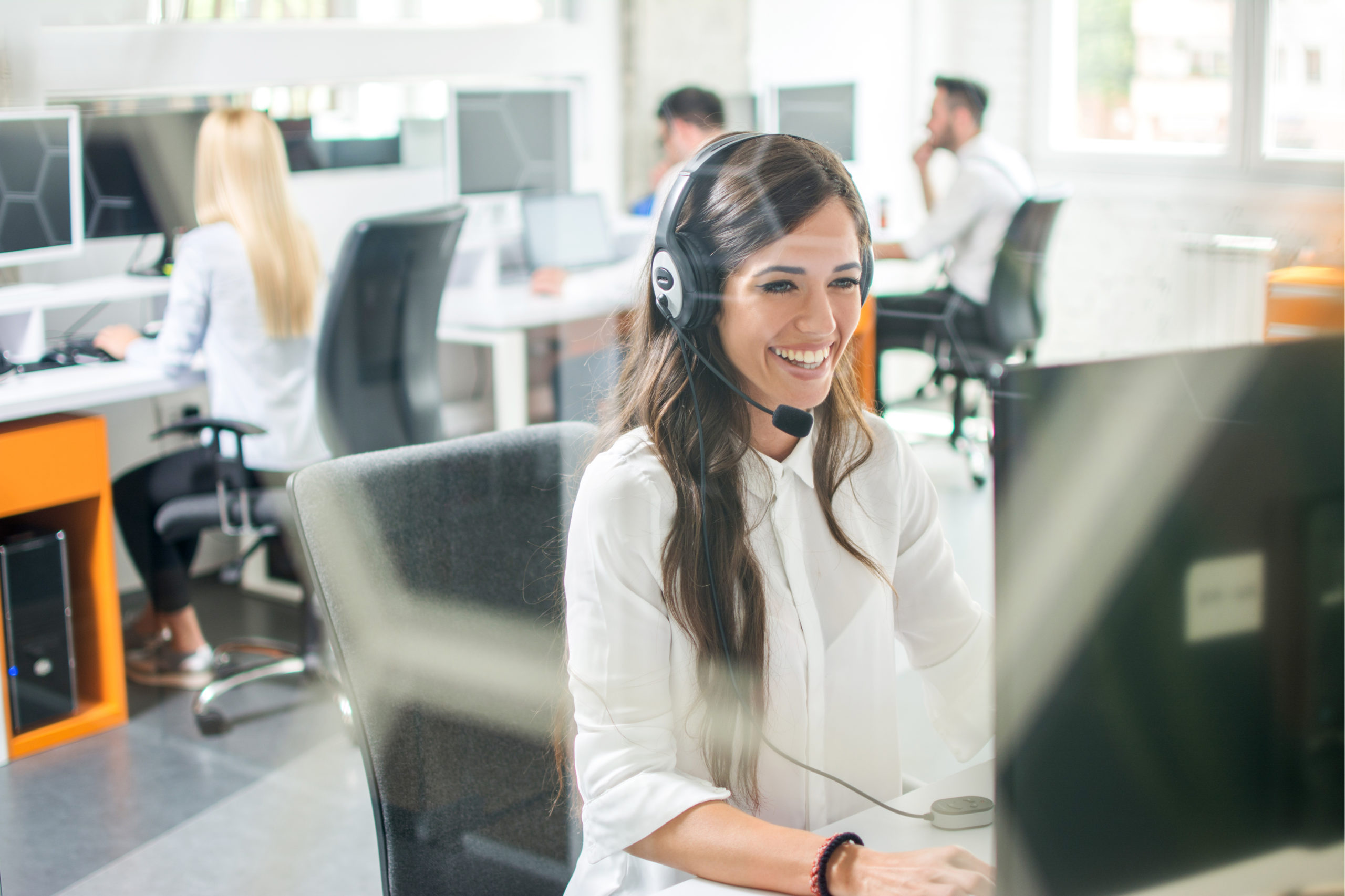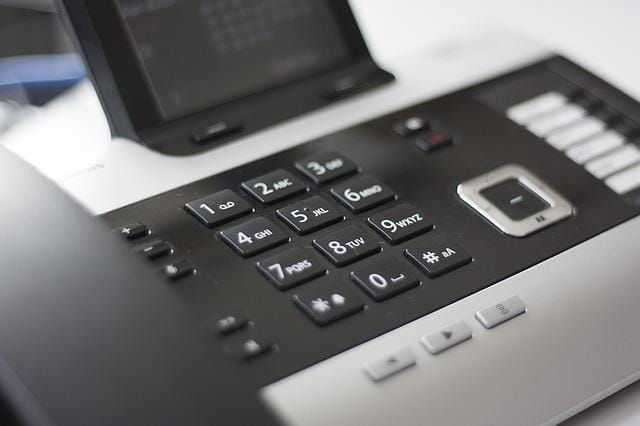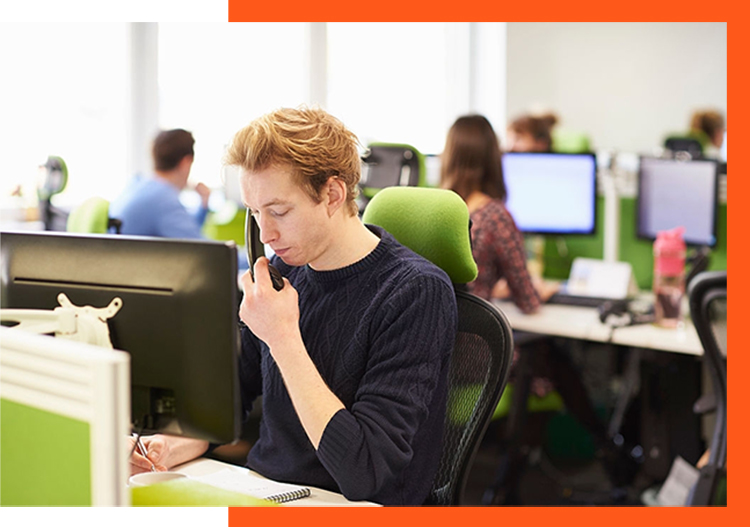All Categories
Featured
Table of Contents
- – Which Is The Best Outsource Answering Service C...
- – What Is The Best 17 Reasons Why You Need A Tel...
- – Which Is The Best Outsource Answering Services...
- – What Is The Best Discover How To Set Up A Cal...
- – What's The Best Telstra Voice Features & Serv...
- – Best Telephone Answering Service - Answer My...
Which Is The Best Outsource Answering Service Company Sri Lanka Company
This gadget and its successors were created by Sava Jacobson, an electrical engineer with a private consulting business. While early voice mail used magnetic tape technology, most modern equipment utilizes strong state memory storage; some devices utilize a mix of both, with a solid-state circuit for the outgoing message and a cassette for the incoming messages.
"toll saving" listed below) (telephone answering service). This is beneficial if the owner is screening calls and does not want to speak to all callers. In any case after going, the calling celebration must be notified about the call having been responded to (in many cases this begins the charging), either by some remark of the operator, or by some welcoming message of the little, or dealt with to non-human callers (e.
This holds especially for the Littles with digitally stored welcoming messages or for earlier machines (prior to the rise of microcassettes) with a special unlimited loop tape, different from a second cassette, committed to recording. There have actually been answer-only devices without any recording capabilities, where the greeting message needed to notify callers of a state of current unattainability, or e (answer phone service).
What Is The Best 17 Reasons Why You Need A Telephone Answering Service In The World

about availability hours. In taping Littles the welcoming usually contains an invite to leave a message "after the beep". A voice mail that utilizes a microcassette to tape messages On a dual-cassette answerphone, there is an outgoing cassette, which after the defined number of rings plays a pre-recorded message to the caller.

Single-cassette answering machines consist of the outbound message at the start of the tape and inbound messages on the remaining area. They first play the announcement, then fast-forward to the next readily available space for recording, then record the caller's message. If there are lots of previous messages, fast-forwarding through them can trigger a significant hold-up.
This beep is frequently referred to in the welcoming message, requesting that the caller leave a message "after the beep". TADs with digital storage for the tape-recorded messages do not show this delay, obviously. A little might use a remote control facility, whereby the answerphone owner can ring the home number and, by entering a code on the remote telephone's keypad, can listen to tape-recorded messages, or erase them, even when far from home.
Which Is The Best Outsource Answering Services In The Usa - Start From $11/hr Provider

Consequently the maker increases the variety of rings after which it responds to the call (normally by 2, leading to 4 rings), if no unread messages are currently stored, however responses after the set number of rings (generally 2) if there are unread messages. This permits the owner to discover out whether there are messages waiting; if there are none, the owner can hang up the phone on the, e.
Some makers also enable themselves to be remotely activated, if they have actually been changed off, by calling and letting the phone ring a particular a great deal of times (typically 10-15). Some provider desert calls currently after a smaller sized variety of rings, making remote activation difficult. In the early days of Littles an unique transmitter for DTMF tones (dual-tone multi-frequency signalling) was regionally required for remote control, since the formerly employed pulse dialling is not apt to convey appropriate signalling along an active connection, and the dual-tone multi-frequency signalling was executed step-by-step.
Any inbound call is not recognizable with regard to these properties in advance of going "off hook" by the terminal devices. So after going off hook the calls need to be switched to proper devices and just the voice-type is right away accessible to a human, but perhaps, nevertheless ought to be routed to a TAD (e.
What Is The Best Discover How To Set Up A Call Answering Service With A 7- ... Service?
What if I told you that you do not need to in fact choose up your gadget when addressing a consumer call? Another person will. So convenient, right? Answering call doesn't require somebody to be on the other end of the line. Effective automated phone systems can do the technique simply as efficiently as a live agent and often even much better.
An automated answering service or interactive voice response system is a phone system that interacts with callers without a live person on the line - local phone answering service. When business use this technology, consumers can get the response to a concern about your service just by utilizing interactions established on a pre-programmed call circulation.
Although live operators update the client service experience, numerous calls do not require human interaction. An easy documented message or instructions on how a customer can retrieve a piece of details generally resolves a caller's immediate need - telephone answering service. Automated answering services are a basic and reliable way to direct incoming calls to the best individual.
What's The Best Telstra Voice Features & Services - Home Phone
Notification that when you call a business, either for support or product questions, the very first thing you will hear is a pre-recorded voice welcoming and a series of choices like press 1 for customer care, press 2 for inquiries, and so on. The pre-recorded options branch out to other choices depending upon the consumer's choice.
The phone tree system helps direct callers to the right person or department utilizing the keypad on a smart phone. In some circumstances, callers can use their voices. It's worth noting that auto-attendant options aren't limited to the ten numbers on a phone's keypad. Once the caller has actually chosen their very first alternative, you can develop a multi-level auto-attendant that uses sub-menus to direct the caller to the best type of assistance.
The caller does not need to communicate with a person if the auto-attendant phone system can manage their concern. The automatic service can route callers to a staff member if they reach a "dead end" and require support from a live agent. It is pricey to work with an operator or executive assistant.
Best Telephone Answering Service - Answer My Phone Prices Near Me
Automated answering services, on the other hand, are substantially more economical and offer substantial expense savings at an average of $200-$420/month. Even if you don't have actually committed staff to handle call routing and management, an automatic answering service enhances efficiency by enabling your group to concentrate on their strengths so they can more efficiently spend their time on the phone.
A sales lead routed to customer care is a lost shot. If a consumer who has item questions reaches the wrong department or gets insufficient responses from well-meaning staff members who are less trained to manage a specific kind of concern, it can be a reason for frustration and dissatisfaction. An automatic answering system can decrease the number of misrouted calls, therefore helping your employees make better use of their phone time while releasing up time in their calendar for other tasks.
With Automated Answering Systems, you can produce an individualized experience for both your staff and your callers. Make a recording of your main welcoming, and just update it regularly to reflect what is going on in your organization. You can produce as numerous departments or menu options as you desire.
Table of Contents
- – Which Is The Best Outsource Answering Service C...
- – What Is The Best 17 Reasons Why You Need A Tel...
- – Which Is The Best Outsource Answering Services...
- – What Is The Best Discover How To Set Up A Cal...
- – What's The Best Telstra Voice Features & Serv...
- – Best Telephone Answering Service - Answer My...
Latest Posts
Business Answering Service – Australia 6019
Sought-After Virtual Assistant Phone Answering ( Perth 6019)
Preferred Digital Receptionist Service with Customer Satisfaction
More
Latest Posts
Business Answering Service – Australia 6019
Sought-After Virtual Assistant Phone Answering ( Perth 6019)
Preferred Digital Receptionist Service with Customer Satisfaction